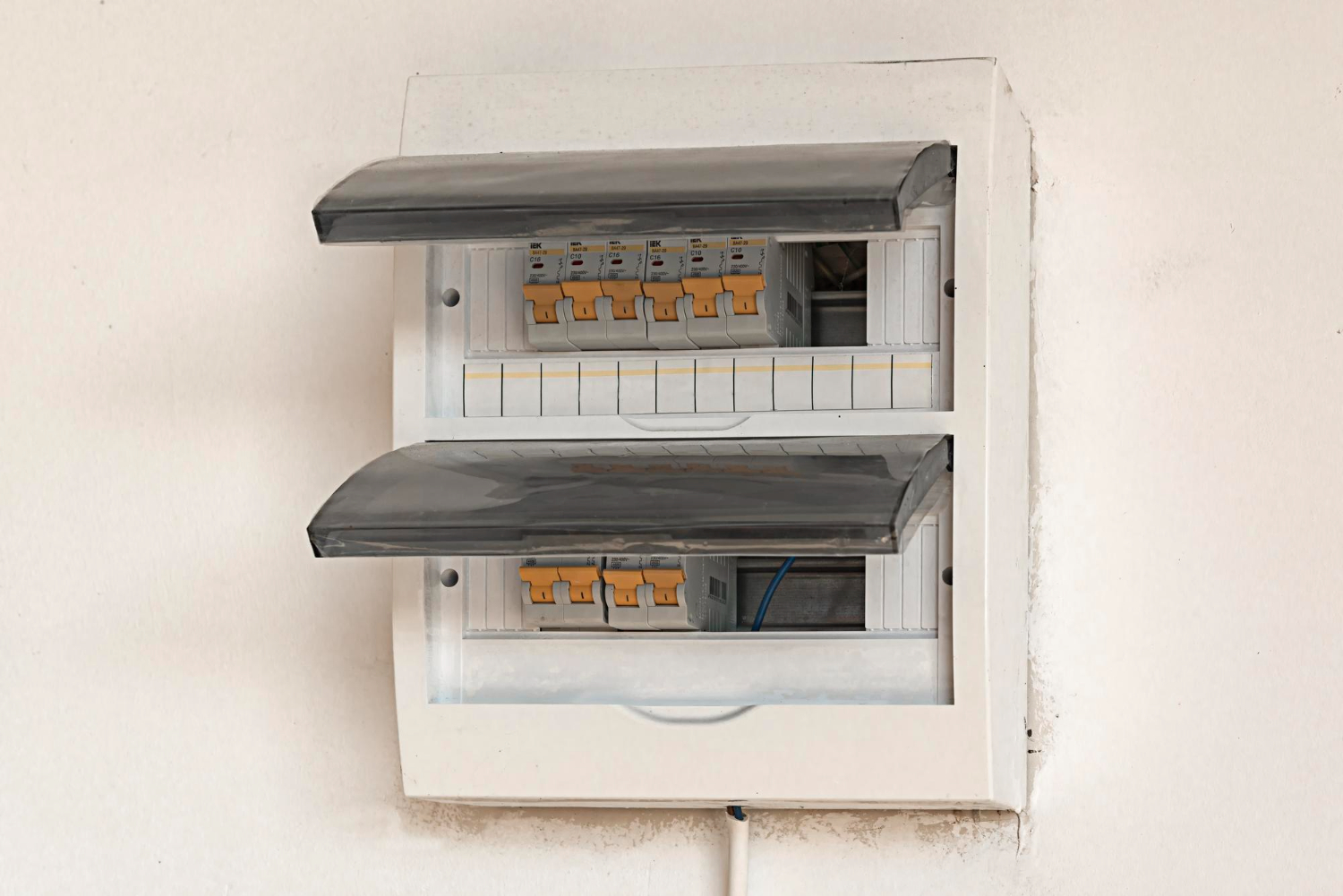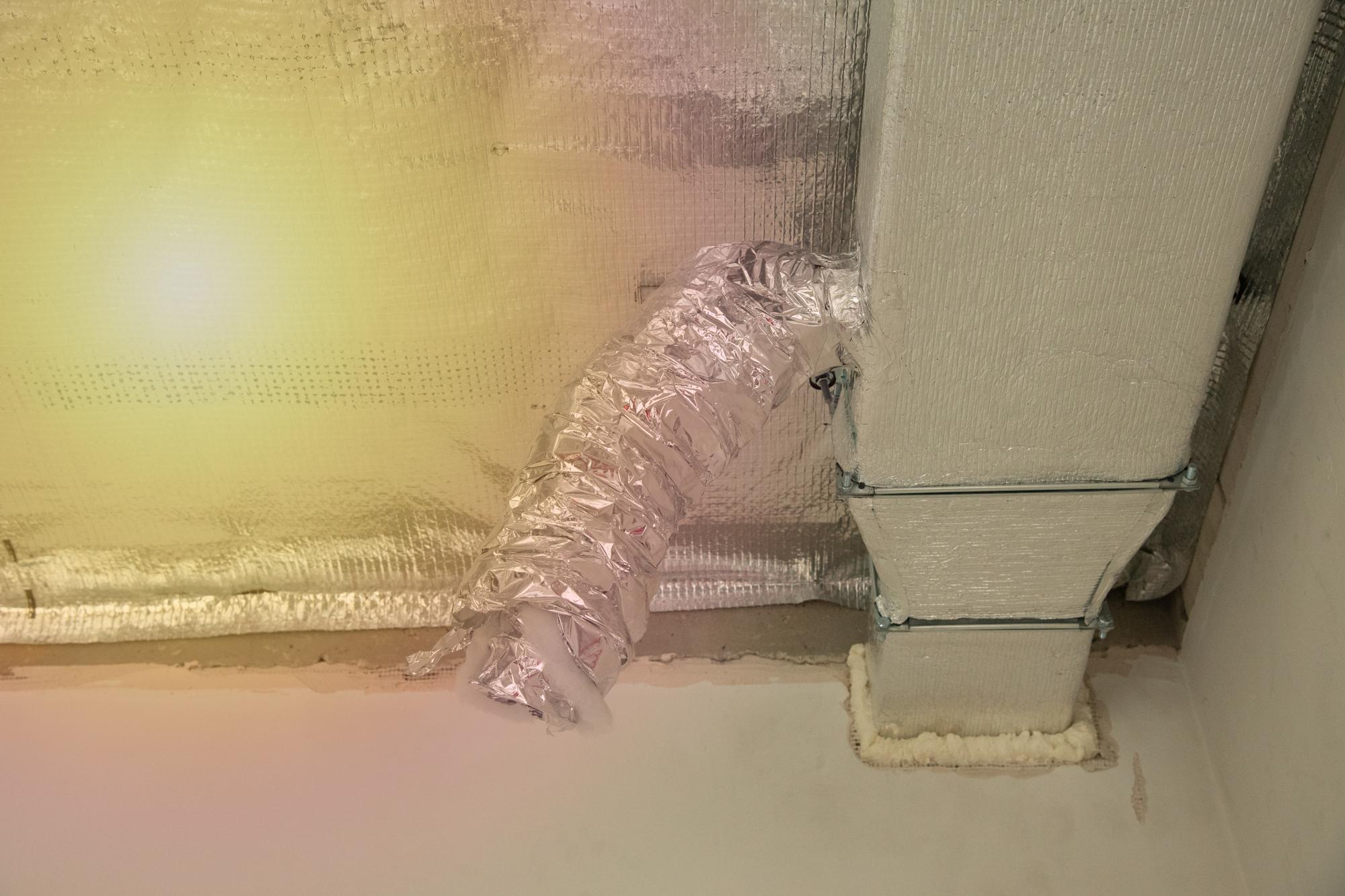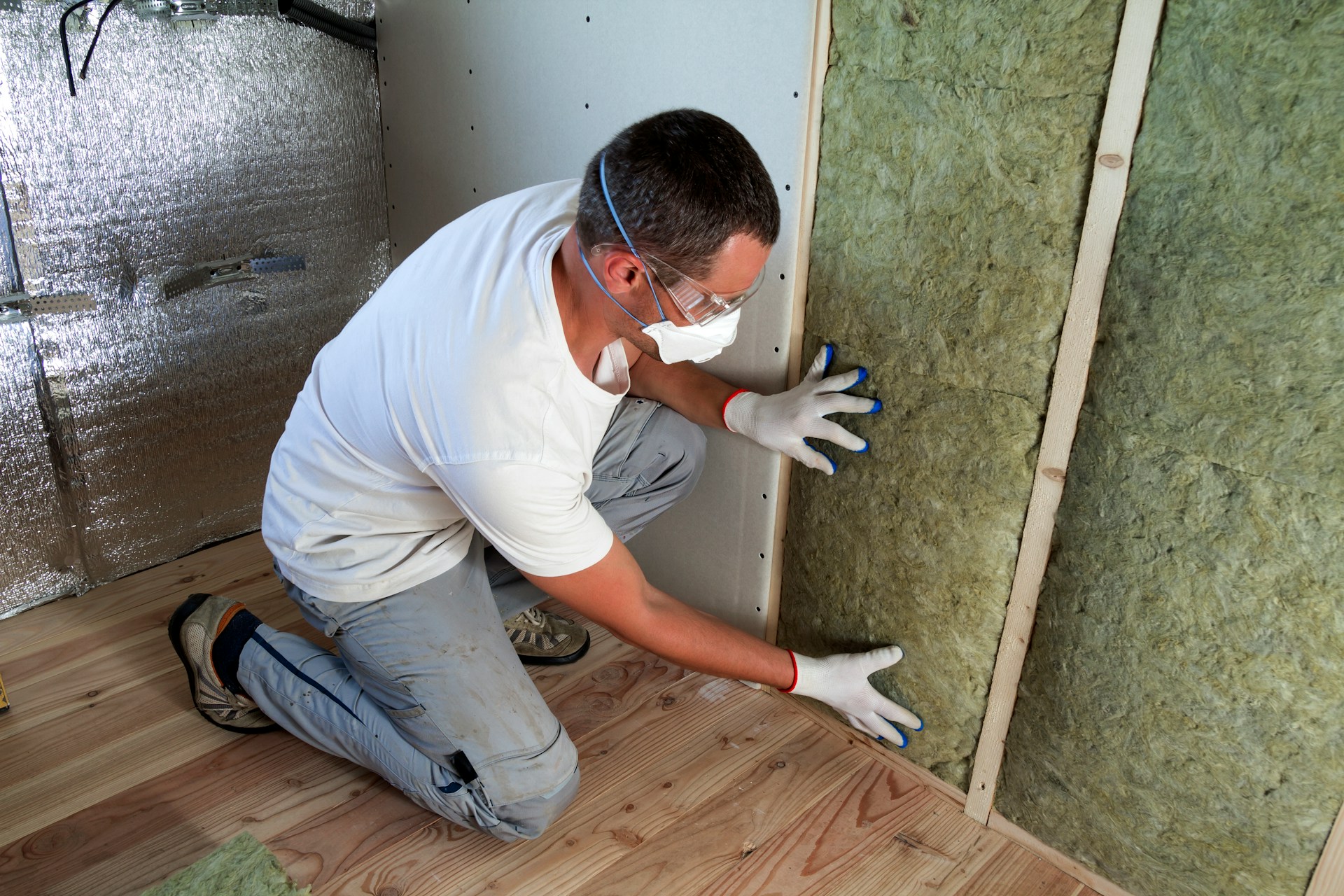Looking Ahead: 4 Future Energy Savers
Compared to our grandparents’ days, we Americans have much bigger homes, bigger TVs, and a plethora of wired and wireless electronics.
This means we’re using quite a bit of energy to heat and cool our homes and to play with all our neat gizmos. According to the Department of Energy, American homes, on average, are using 37 percent more energy today than they did in 1980.
Fortunately, manufacturers are making continuous improvements in the efficiency of air conditioners and heating systems. And other energy-saving solutions such as LED light bulbs are getting less expensive. So it seems we can make a dent in our monthly energy bills in an era of big homes and big electronics.
And looking ahead, a number of technological advances are coming that will offer more opportunities for energy savings. Here’s a sneak peek at four of them:
- Smart, Internet-Connected Sensors: The Oak Ridge National Laboratory is developing wireless sensors that will offer automated control of heating, cooling, lighting, and other systems. They’ll be able to measure outdoor and indoor temperatures, humidity, light levels, and room occupancy to adjust heating and cooling output. The researchers say the sensors will be able to do this at a fraction of the cost of the technology currently on the market.
- Next-Generation Heat Pumps: The Department of Energy’s Building Technologies Office is developing innovations for heat pumps, which warm and cool buildings by transferring warm air from one place to another. One fuel-fired heat pump they are working on promises to reduce energy consumption by 30 percent. Another is a low-cost gas heat pump that may be able to reduce costs by 30 to 45 percent compared to gas furnaces.
- Refrigerators That Chill Using Magnets: GE and the Oak Ridge National Laboratory are working on a breakthrough technology for refrigerators that uses the “magnetocaloric effect” (lowering temperatures by manipulating magnetic fields). Instead of traditional gas refrigerants, the systems use water-based cooling fluids, which researchers say are more efficient and friendlier for the environment.
- High-Performance Insulation: The Industrial Science and Technology Network is experimenting with environmentally friendly and cost-effective materials and manufacturing processes to create the next generation of insulation for a variety of applications, including building foundations and walls, and HVAC.










